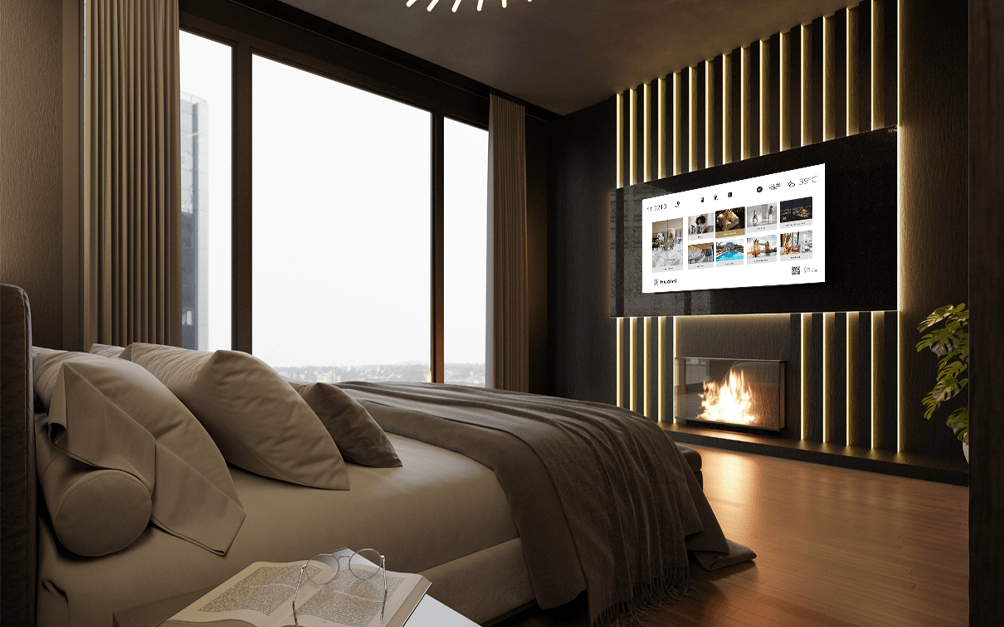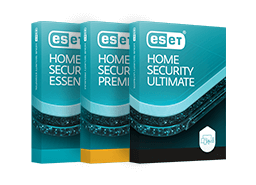Personalization is the new standard for exceptional hospitality. It moves beyond a simple welcome note, creating a unique experience that makes a guest feel individually understood. This approach builds a powerful connection, turning a simple stay into a memorable story.
Here are a few creative ideas to achieve hotel guest personalization.
Anticipatory room adjustments:
Instead of asking guests about room preferences upon booking, use subtle data. A guest from a humid climate might appreciate a dehumidifier already running. A visitor arriving on a late-night flight could find blackout curtains drawn and a discreet ‘do not disturb’ light activated. These small, anticipatory acts show a deep level of care and attention to detail without any guest input necessary.
Local artisan welcome kit:
Replace generic welcome gifts with a curated selection of items from local makers. This could include a craft beverage, handmade chocolates, or artisanal soaps. The gift tells a story about the destination and supports the local community. A note explaining the origin of each item adds a personal touch, offering guests a genuine taste of the locale.
Personalized activity itineraries:
Move beyond the standard concierge list. Based on a guest’s noted interests—be it vintage photography, spicy food, or independent bookstores—a staff member can create a custom half-day itinerary. This handwritten or digitally shared guide, complete with a small hand-drawn map, provides a unique adventure tailored specifically to their passions, making their exploration of the city special.
In-room tech customization:
Allow guests to pre-set their technology preferences through the hotel’s app before arrival. Choices could include syncing their personal music streaming service to the room’s speakers, having the television set to a preferred news channel, or pre-loading a selection of podcasts for their stay. This creates a familiar and comfortable digital environment the moment they walk in.
Culinary journey customization:
Intercept dietary preferences and likes from reservation notes. A guest who is gluten-free should not just be accommodated but delighted. This could mean a surprise delivery of a specially prepared gluten-free pastry at turndown. For a guest who loves coffee, a personalized note offering a one-on-one session with the barista to explore unique single-origin beans shows extraordinary thoughtfulness.
A farewell memento:
The personalization should not end at checkout. Create a parting gift that reflects the guest’s stay. If they mentioned celebrating an anniversary, include a card with a pressed flower from the hotel’s garden. For a family that enjoyed the pool, a custom-packed beach bag for their next vacation makes a perfect send-off. This final touch ensures the personalized experience leaves a lasting impression.










